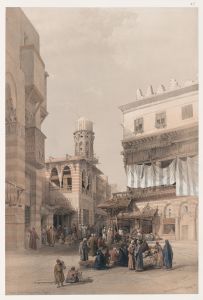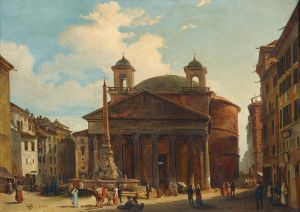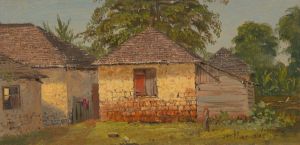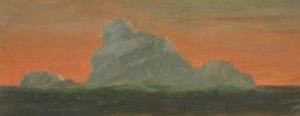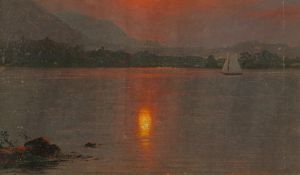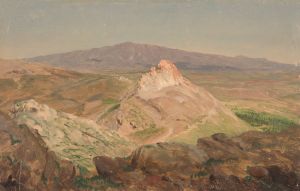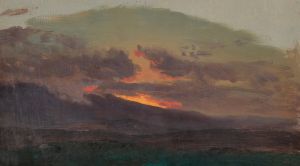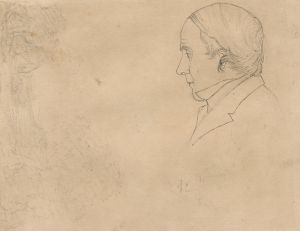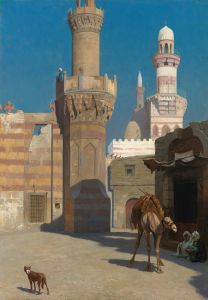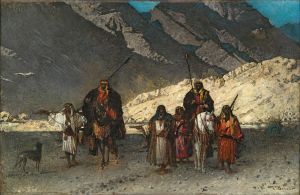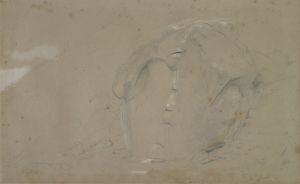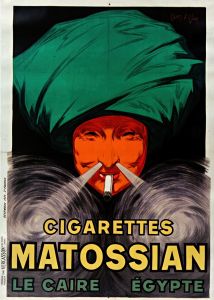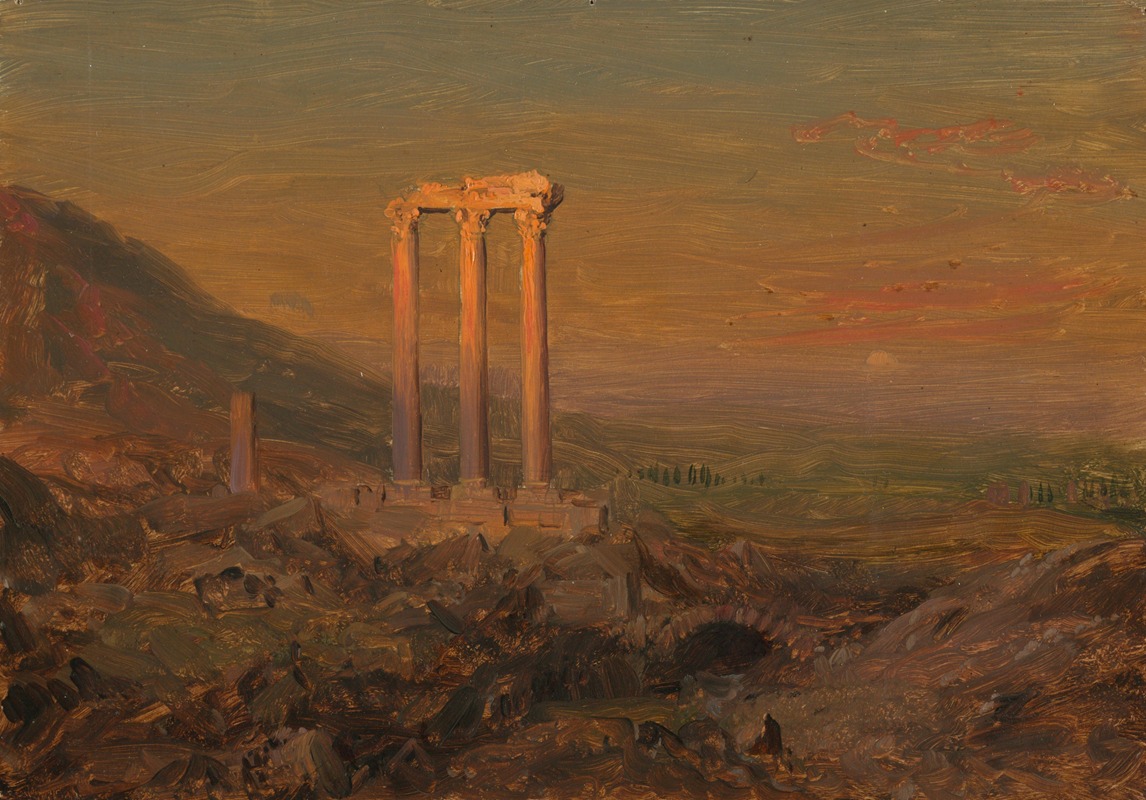
Classical Ruins, Syria
A hand-painted replica of Frederic Edwin Church’s masterpiece Classical Ruins, Syria, meticulously crafted by professional artists to capture the true essence of the original. Each piece is created with museum-quality canvas and rare mineral pigments, carefully painted by experienced artists with delicate brushstrokes and rich, layered colors to perfectly recreate the texture of the original artwork. Unlike machine-printed reproductions, this hand-painted version brings the painting to life, infused with the artist’s emotions and skill in every stroke. Whether for personal collection or home decoration, it instantly elevates the artistic atmosphere of any space.
"Classical Ruins, Syria" is a painting by the American artist Frederic Edwin Church, created in 1861. Church was a central figure in the Hudson River School of American landscape painting, known for his large-scale, detailed works that often depicted dramatic natural scenes. This painting, however, diverges from his typical subject matter by focusing on ancient ruins rather than the natural landscape.
The painting portrays the ruins of classical architecture in Syria, capturing the grandeur and decay of ancient civilizations. Church's interest in the Middle East and classical antiquity was part of a broader 19th-century fascination with the exotic and the ancient, which was fueled by increased travel and archaeological discoveries. The precise location depicted in the painting is not definitively identified, but it is believed to represent a composite of various ruins Church may have studied through sketches, photographs, and other artists' works.
Frederic Edwin Church was known for his meticulous attention to detail and his ability to convey the sublime beauty of his subjects. In "Classical Ruins, Syria," he employs a dramatic use of light and shadow to highlight the architectural features of the ruins, creating a sense of awe and reverence for the ancient structures. The painting also reflects the Romantic era's preoccupation with the passage of time and the inevitable decline of great civilizations.
Church's travels to the Middle East in 1868, which included visits to Petra, Jerusalem, and other significant sites, further influenced his work. Although "Classical Ruins, Syria" predates this journey, it demonstrates his early interest in the region and its historical significance. The painting is part of a broader trend in 19th-century art and literature that romanticized the ancient world and sought to capture its enduring legacy.
"Classical Ruins, Syria" is held in the collection of the Wadsworth Atheneum Museum of Art in Hartford, Connecticut. The museum is home to an extensive collection of American art, including several works by Church. This painting is a testament to Church's versatility as an artist and his ability to transcend the boundaries of traditional landscape painting to explore historical and cultural themes.
In summary, "Classical Ruins, Syria" by Frederic Edwin Church is a significant work that reflects the artist's fascination with ancient civilizations and his skill in rendering detailed, evocative scenes. It stands as an example of the broader 19th-century interest in the exotic and the ancient, and it continues to be appreciated for its artistic and historical value.





